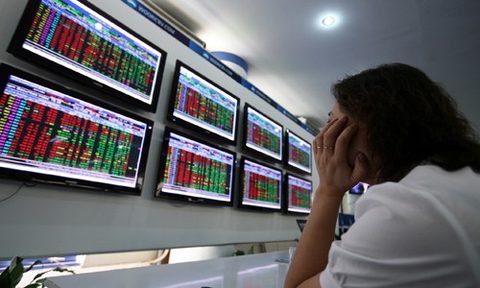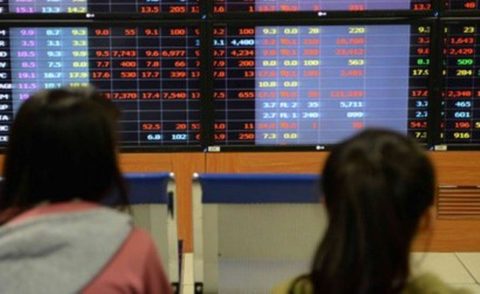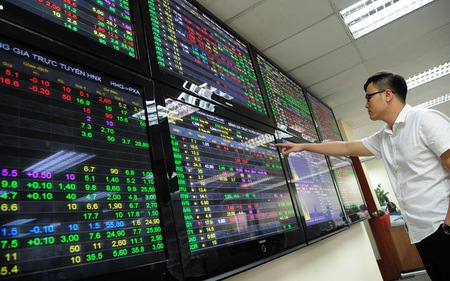NPL regulations are not enough
NPL regulations are not enough
Although Vietnam is struggling under the weight of its bad debts, before others can help, the country must further improve its legal framework and develop its distressed securities market to support the debt trading process.
When Resolution No.42/2017/ QH14 came into force last month, some mechanisms were put in place to improve the handling of non-performing loans (NPLs) in the system. NPLs can now be traded at market price and the Vietnam Asset Management Company (VAMC) can sell bad debts to entities including those without a debt trading licence. The transfer of land use rights and ownership of assets to the buyer is also allowed in the new regulation. Shortened court procedures in dealing with collateral should also speed up the process of seizing collateral for NPL holders.
The new regulation is supportive, but not enough for Vietnam to deal with its NPLs on its own, or be attractive enough to entice foreign investors or the private sector to become involved with the NPL trading process.
As the transfer of the title or ownership of collateral – which often involves real estate – is not allowed in Vietnam for foreign investors, the challenge for them to enter Vietnam’s debt market still remains, according to Alwaleed Fareed Alatabani, lead financial sector specialist for Finance and Markets at the World Bank Group (WB).
“That’s what kept many foreign investors away, in addition to the issue of the insolvency regime that is incomplete in the case of Vietnam,” he said on the sidelines of a NPL workshop held last week in Hanoi by the State Bank of Vietnam, WB, and IFC. “Domestically, if you look at the track record, most of the loans actually go back to the banks, and these banks are pursuing these loans because they have the relationship with the existing clients that took out these loans in the first place.”
“And we’re not seeing a significant amount of private asset management companies (AMCs) flourishing to try to tap into this type of business yet, since banks own AMCs and bank staff is to get collection on some of these debts.”
According to Dao Thi Thien Huong, partner in Deals and Business Restructuring Services at PwC, in more developed markets, the debt trading platform has been put up and accompanied by the diversification of products and the participation of NPLs on both the buy and sell sides. In Vietnam, VAMC and bank-owned AMCs mainly trade debts or collateral assets related to the debts as individual loans themselves.
“In a developed distressed asset market, NPLs can be sold in batches, in portfolios, or as securitised debt products. Why is it important to have a wide range of products on offer? It’s because the diversification of products will attract a diversified range of investors,” Huong said.
Selling NPLs in batches can attract large-scale NPL buyers as each transaction, either small or large, often incurs high costs in terms of valuation and administration. And conversely, these buyers are mainly looking to buy in a batch format.
Jakub Zalio, country manager of APS Vietnam, a wholly foreign-owned subsidiary of Czech-based debt recovery and investment specialist APS Group, noted that the key enablers for effective NPL treatment in Vietnam include no or limited barriers for investors to enter the market, simple and understandable legislation in terms of collateral seizure, and working legal and bailiff procedures.
To draw investors’s attention, especially international ones, to Vietnam’s debt market, it comes down to a sound legal framework that can do the job of drawing in NPL investors, according to Sumant Batra, managing partner of India-based corporate and commercial law firm Kesar Dass B & Associates.
“This is a chicken or egg situation,” Batra told VIR. “For foreign investors to come in and invest in distressed asset markets, what you need is a really reliable insolvency system.
“Because if you don’t have a good insolvency system, you will not be able to resolve NPLs efficiently and quickly, and therefore no investors would want to come to invest in the economy, in the NPL, if the insolvency law doesn’t enable them to dissolve and turn around those non-performing assets quickly.”
NPL investors, as he noted, want to make money in the short term of three to five years, and they put in a lot of effort and money to turn around the distressed assets that they bought. “But for that you would need a legal framework. Without that the challenge will always be that you will never attract enough players in the market. So you need a whole ecosystem, you just can’t have one law come up and the others left behind.”




























